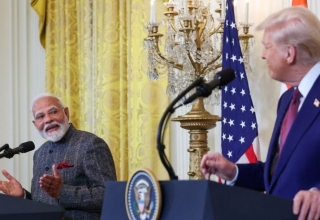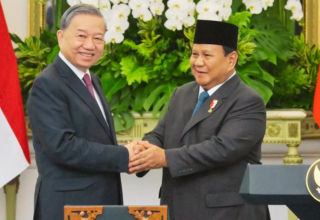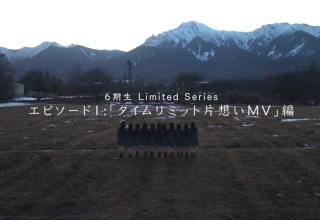
Last updated on January 6th, 2025 at 12:31 pm
China declared this week that it is constructing the largest dam in the world in Tibet. It is even bigger than the Three Gorges Dam which NASA claims has slowed the Earth’s rotation by 0.06 seconds. However, in contrast to previous one which is situated in central China, the new one will be constructed in Tibet near the Indian border in an environmentally delicate Himalayan region.
In addition to the environmental impact, the area is geologically vulnerable because it is located in a high seismic zone making it vulnerable to earthquakes of a comparatively larger magnitude. These are just two of the many worries that New Delhi has regarding the massive project that is being planned on the Brahmaputra River which China refers to as Yarlung Tsangpo in Tibet.
In response, New Delhi said Friday that India would “protect its interests” following Beijing’s unveiling of the massive project. It also reminded Beijing of its rights to the river’s waters and called for openness on Beijing’s intentions. According to the Ministry of External Affairs, New Delhi would keep a careful eye on the most recent events for the time being and will take appropriate action when needed.
“We will continue to monitor and take necessary measures to protect our interests,” the foreign ministry spokesperson Randhir Jaiswal said.
Both the river basin and the Brahmaputra’s flow will be significantly impacted by the project. Millions of people, possibly tens of millions of Indians living downstream will be impacted by the proposed project’s times of extreme drought and massive floods.
The Ministry of External Affairs spokesperson stated at a press conference in New Delhi on Friday that Beijing has been encouraged “to ensure that the interests of downstream states of the Brahmaputra are not harmed by activities in upstream areas”.
Additionally, the hydroelectric project has geopolitical implications. According to a 2022 article by geopolitical and global strategy expert Genevieve Donnellon-May, the project could lead to severe geopolitical tensions between China and India by planting the seeds for “water wars” between the two countries.
Both Tibet and India will be impacted by the project’s changes on the local ecology. Additionally, it will alter the river’s downstream course which will negatively affect India and alter the country’s agricultural environment.























